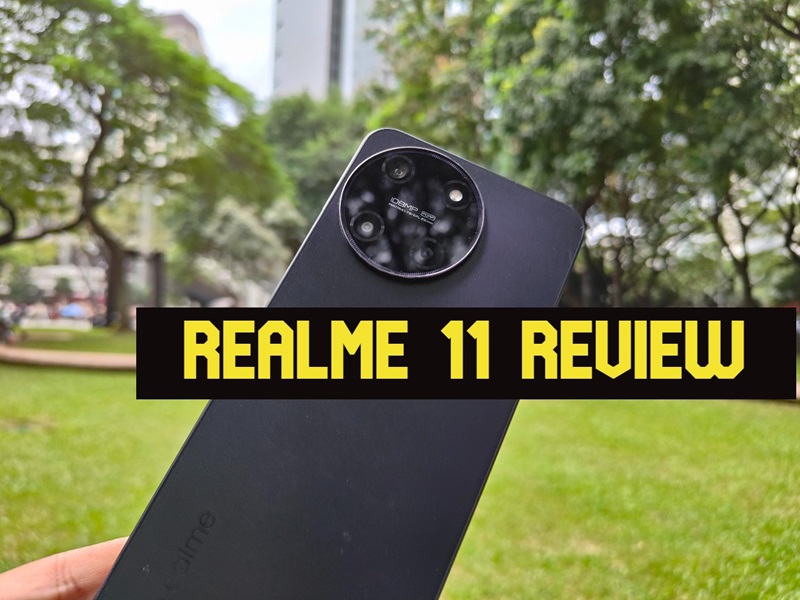Xiaomi Unveils Climate Strategy for Supporting Global Net Zero GHG Emissions
Consumer Electronics Company Targets 98% Greenhouse Gas (GHG) Emission Reduction By 2040 From Its Main Operating Segments

Xiaomi Corporation (“Xiaomi”), a consumer electronics and smart manufacturing company with smartphones and smart hardware connected by an Internet of Things (“IoT”) platform at its core, today announced a plan to substantially curb its Greenhouse Gas (GHG) emissions called the Zero-carbon Philosophy. Xiaomi will achieve lower carbon emissions by researching and developing clean technologies, expanding electronic-waste management techniques, and implementing green operations and logistics.
Climate Strategy & Zero-carbon Philosophy
Xiaomi’s mission is to let everyone in the world enjoy a better life through innovative technology. As part of this mission, the company believes it has the responsibility to help avert climate change through technological innovations and operational efficiencies. It is determined to do its part to accelerate the global transition to a net zero emission economy by infusing climate-conscious elements into the design-to-delivery process of its coolest products.
The goal of Xiaomi’s Zero-carbon Philosophy is to enhance its product efficacy and affordability while reducing the carbon footprint of its products and services. Xiaomi will continue to grow the use of low-carbon technologies to create positive climate impacts and foster greener lifestyles and a low-carbon society.
GHG Emission Reduction Targets
Xiaomi is taking a phased approach to develop and implement its GHG emission reduction action plans.
Xiaomi set its first-ever GHG emission reduction target in 2021, which aimed to reduce per capita GHG emissions from its self-operated campus by 4.5% by 2026 compared to the 2020 baseline. As of December 31, 2022, the company achieved a 21.12% reduction in per capita GHG emissions against its baseline year.
To support the global aspiration of reaching net zero by 2050, the company is committed to reducing its Scope 1 and Scope 2 GHG emissions:
- By no later than 2030, reduce GHG emissions from its main operating segments by at least 70% from the base year level;
- By no later than 2040, reduce GHG emissions from its main operating segments by at least 98% from the base year level, with pre-conditions in place to achieve net zero emissions,
- Prioritize the use of low-carbon technologies, long-term green power purchase agreements, and on-site renewable energy generation to reduce GHG emissions throughout its target period;
- Encourage key suppliers to establish renewable energy usage and GHG emission reduction targets that are comparable to or more ambitious than those of Xiaomi to deliver continuous reduction.
Reducing Environmental Footprint Through R&D and Circular Economy
Environmental footprints have been reduced in various ways from which four areas are selected to be illustrated in detail: Research and development (R&D) of clean technology and product upgrades, and circular economy and electronic-waste management.
R&D of clean technology and product upgrades
In 2022, Xiaomi invested more than 50% of its total R&D expenses in clean technology R&D. That same year, application of clean technology-related patents and products produced 59.7% of its revenue. The company made notable progress in this area and here are a few examples:
5G & Energy-saving Signal Transmission Technology: Through 5G energy-saving technologies such as self-adaptive broadband and energy optimization technology, Xiaomi increased the power-saving efficiency of its smartphones. Advanced WLAN chips, in combination with the WLAN power monitoring and dynamic transmission technology, reduced power consumption of its smartphones by approximately 30% compared to the previous generation.
Energy-efficient Display Technology: By switching to Dark Mode, which turns the smartphones’ background into black, the energy consumption of the display can be reduced by as much as 70% when using specific applications.
Charging Technology: In 2022, more than 100 million smart devices and terminals used Xiaomi’s fast-charging technologies, which saved nearly 57 million kWh of energy consumption and 24,852 tons of CO2e emissions compared to conventional fast-charging technology.
Eco-friendly Packaging: Xiaomi changed its packaging for its ecosystem products from buckling boxes to flattened carton boxes and removed plastic handles. Through this upgrade, the company reduced the use of paper packaging by an average of 0.3m² and removed about 80g of plastic per product.
Circular economy and electronic-waste management
Recycling and Disposal: In 2022, Xiaomi recycled approximately 4,500 tons of electronic waste, including smartphones. From 2022 to 2026, the company is committed to recycling 38,000 tons of e-waste and using 5,000 tons of recycled material in its products.
Xiaomi continues to expand its Trade-In program by increasing the types of recyclable products and its coverage of recycling services. It collects items in-store, by mail, and at the consumer’s door to encourage users to recycle their products. Last year, the company launched the Trade-In program on its official website in some European markets. It also works with qualified third parties to dispose of waste generated during the repair process of electronic products and components.
Refurbishment and Reuse: The company is committed to promoting the development of a circular economy by refurbishing used products. In 2022, its renovation factory refurbished approximately 94,000 smartphones, 5,600 electric scooters, and 6,200 smart televisions, all of which were sold as certified refurbished products.
Enhancing Durability: Xiaomi considers material durability when selecting materials for its products. It has developed wear-resistant ceramic materials and synthetic silicone leather materials used in many of its smartphones. It has established testing standards for dustproofing, waterproofing, and drop resistance that exceed international standards. In 2022, Xiaomi released a long-lasting battery with full charging and discharging capabilities that has a 25% longer lifespan than previous versions.
For more information about Xiaomi’s climate strategy and implementation as well as initiatives on social and governance, please refer to Xiaomi’s Global Website
Note:
¹ Long-term goal of the Paris Agreement.
² Xiaomi’s GHG emissions mainly include carbon dioxide (CO2), methane (CH4), nitrous oxide (N2O), and hydrofluorocarbons (HFCs). The total GHG emission is reported in terms of carbon dioxide equivalent. It calculated the GHG emissions from facilities and operations owned by Xiaomi, as well as those from the upstream and downstream of Xiaomi’s value chain. Details of its GHG emission scope include:
1) Direct GHG emissions (Scope 1): GHG directly generated from the use of natural gas and gasoline for operations and fugitive emissions from refrigeration, fire suppression equipment, and fugitive emission of GHG from the wastewater treatment process.
2) Indirect GHG emissions (Scope 2): GHG emissions generated from consumed electricity and consumed heat for operations.
³ GHG emissions: Refers to the company’s GHG emissions (absolute value) calculated in accordance with standards such as GHG Protocol and ISO 14064 standard.
⁴ Main operating segments: Smartphone, IoT and Lifestyle products, Internet Services, and others (same scope as the operating segments stated in the 2022 Annual Report).
⁵ Base year: 2021.
⁶ Net-zero emission: Refers to the ISO Net zero guidelines (IWA 42:2022)’s definition and guidelines on net zero emissions, of which the residual GHG emissions in the target year are in line with the science-based pathways to limit global warming by 1.5°C.
***
About Xiaomi Corporation
Xiaomi Corporation (“Xiaomi”) was founded in April 2010 and listed on the Main Board of the Hong Kong Stock Exchange on July 9, 2018 (1810.HK). Xiaomi is a consumer electronics and smart manufacturing company with smartphones and smart hardware connected by an IoT platform at its core.
Embracing our vision of “Make friends with users and be the coolest company in the users’ hearts”, Xiaomi continuously pursues technological innovations, compelling user experience and operational efficiency. The company relentlessly builds amazing products with honest prices to let everyone in the world enjoy a better life through innovative technology.
Xiaomi is one of the world’s leading smartphone companies. The company’s market share in terms of smartphone shipments ranked no. 3 globally in the first quarter of 2022. The company has also established the world’s leading consumer AIoT (AI+IoT) platform, more than 478 million smart devices connected to its platform (excluding smartphones, tablets and laptops) as of March 31, 2022. Xiaomi products are available in more than 100 countries and regions around the world. In August 2022, the company made the Fortune Global 500 list for the fourth time, ranking 266, up 72 places compared to 2021.
Xiaomi is a constituent of the Hang Seng Index, Hang Seng China Enterprises Index, Hang Seng TECH Index and Hang Seng China 50 Index.

















